Filipinas in Japan and the Art of Wearing Kimono
Discover the journey of Filipinas in Japan as they immerse themselves in the beauty of kimono, blending cultures and honoring traditions.
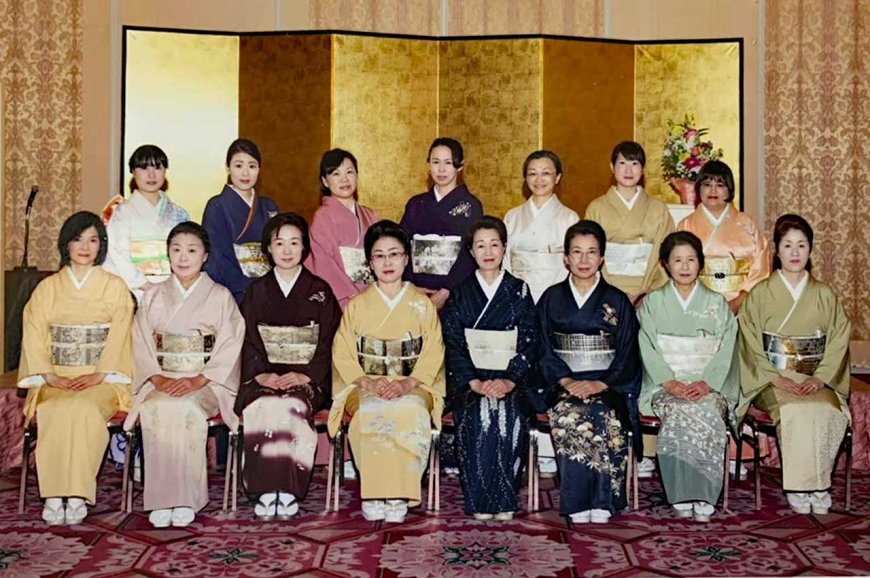
Embracing Tradition and Elegance Through Kimono
In the vibrant Japanese culture, the kimono stands as a timeless symbol of grace, tradition, and elegance. Over the years, kimono has captivated the hearts of individuals from diverse backgrounds, including Filipinas who have chosen Japan as their second home. They have embraced this timeless garment, adding a touch of elegance and tradition to their lives in Japan.
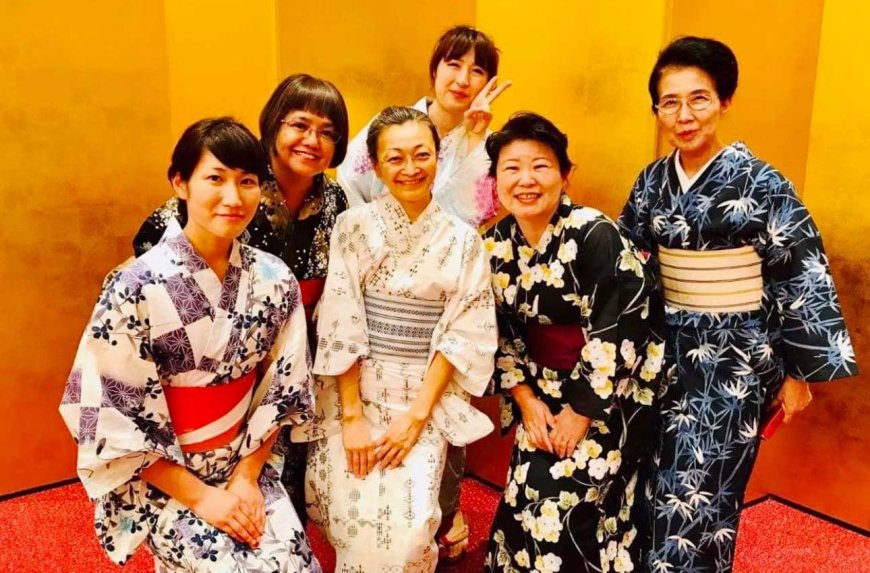 Ladies in "Yukata", a casual version of kimono
Ladies in "Yukata", a casual version of kimono
Discovering the Fascination
For many Filipinas living in Japan, the allure of the kimono lies in its timeless beauty and cultural significance. Learning how to wear the kimono is not just about mastering a traditional art form; it's a journey of self-discovery and appreciation for Japanese culture. By donning this exquisite garment, Filipinas are able to immerse themselves in Japan's rich heritage and express their admiration for its traditions.
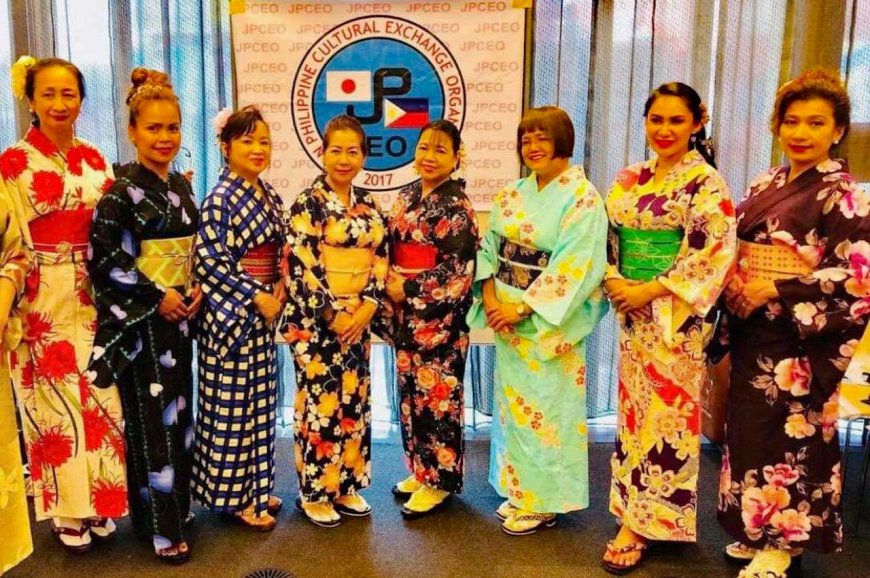 Japan Philippine Cultural Exchange Organization members in their colorful Yukata
Japan Philippine Cultural Exchange Organization members in their colorful Yukata
Cultural Exchange and Integration
Wearing the kimono isn't just about fashion—it's a form of cultural exchange and integration. By embracing the kimono, Filipinas forge deeper connections with the Japanese community and foster mutual understanding. Through workshops and classes on kimono dressing, they not only learn the intricate techniques but also gain insights into Japanese customs and etiquette, strengthening bonds and bridging cultural gaps.
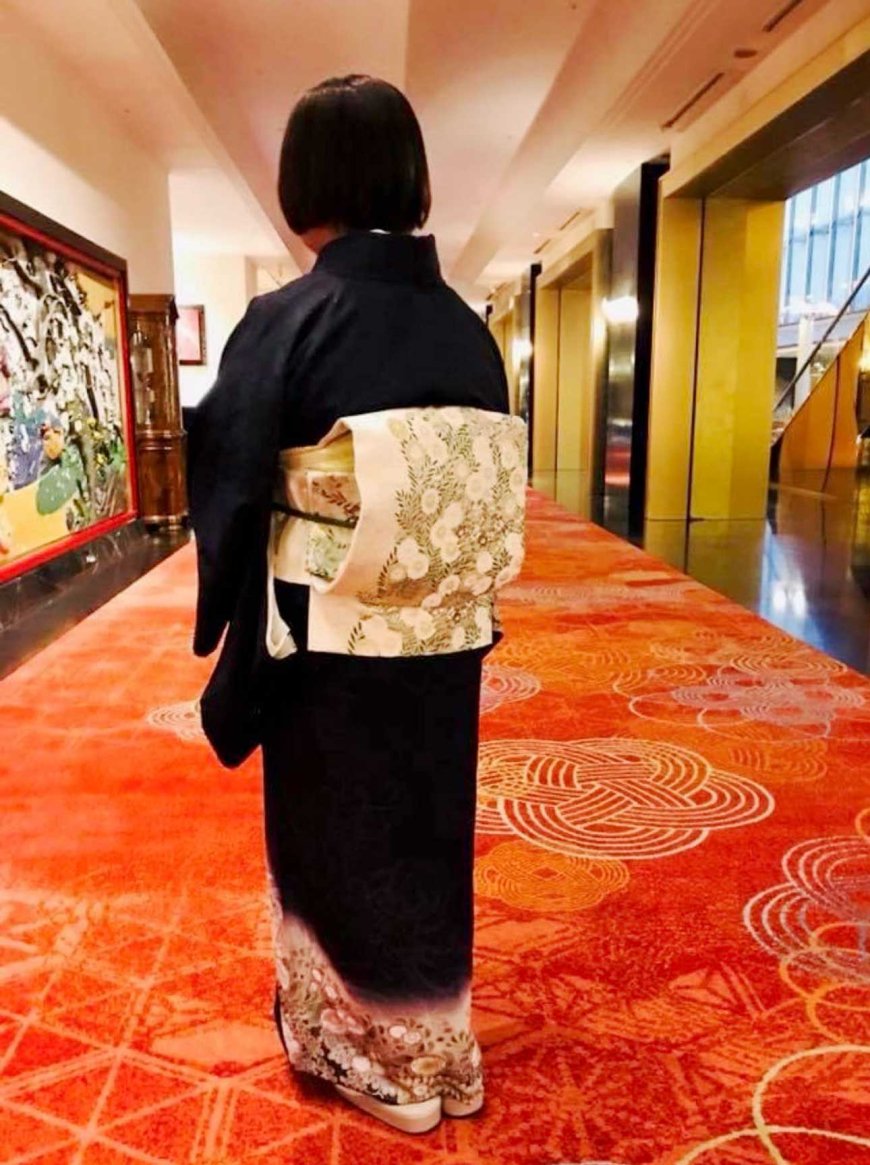 "Obi" is a long decorative belt that is wrapped around the body to wear a Japanese Kimono or Yukata
"Obi" is a long decorative belt that is wrapped around the body to wear a Japanese Kimono or Yukata
Effects of Wearing Kimono in Everyday Life
The impact of wearing the kimono extends far beyond its aesthetic appeal—it can profoundly influence one's sense of identity, confidence, and belonging. For Filipinas in Japan, donning the kimono instills a sense of pride in their heritage while fostering a deeper appreciation for Japanese culture. The experience of wearing such a symbolic garment empowers them to embrace their multicultural identity and navigate the complexities of living in a foreign land with grace and poise.
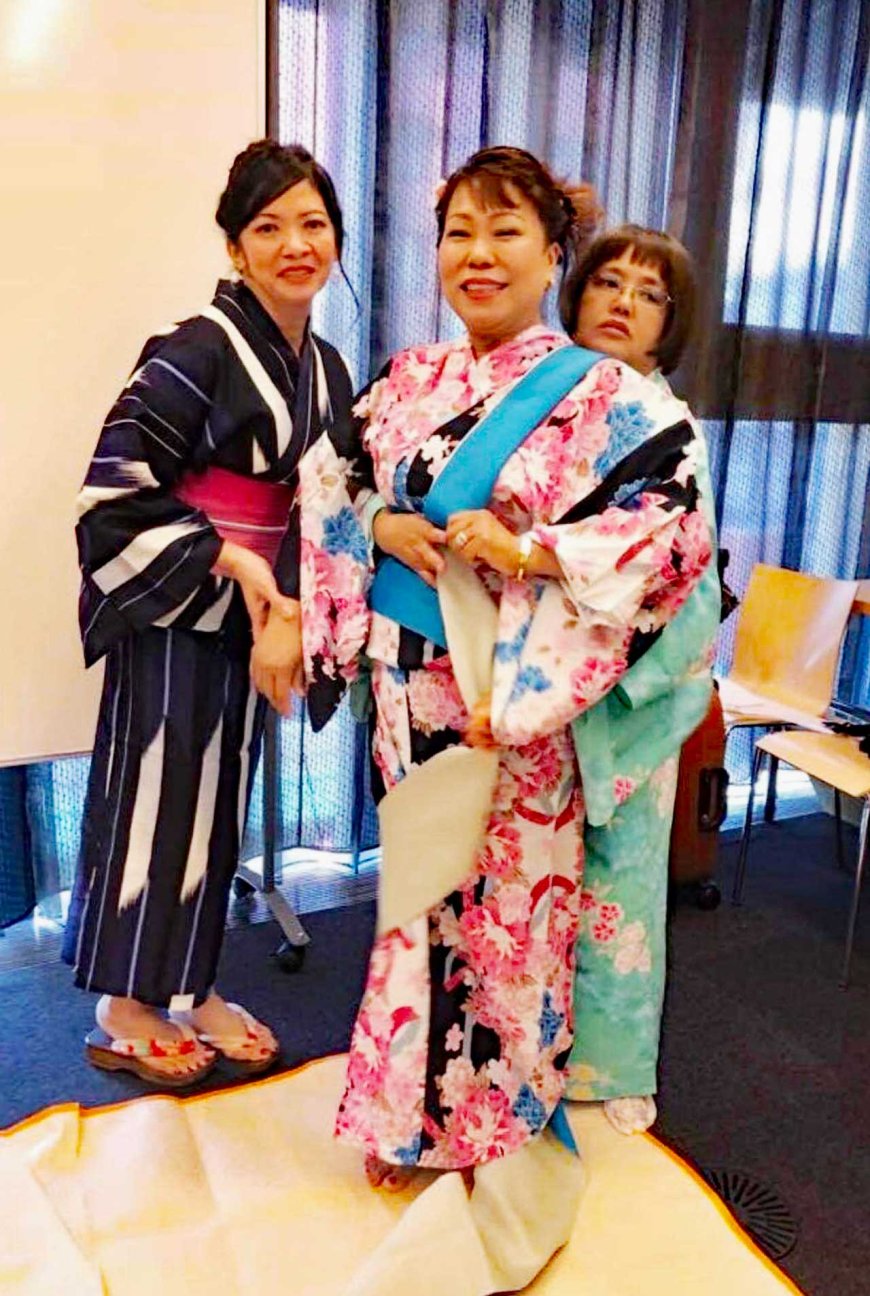 Wearing a kimono instills a deeper appreciation for Japanese culture
Wearing a kimono instills a deeper appreciation for Japanese culture
Family Traditions and Bonds
In many Japanese-Filipino households, the kimono becomes more than just a piece of clothing—it becomes a link to family traditions and a source of cherished memories. For Filipinas who learn to wear the kimono, passing down this knowledge to future generations becomes a way of preserving their cultural heritage and strengthening familial bonds. Whether it's dressing up for special occasions or simply sharing stories about their experiences with the kimono, it becomes a cherished part of their family legacy.
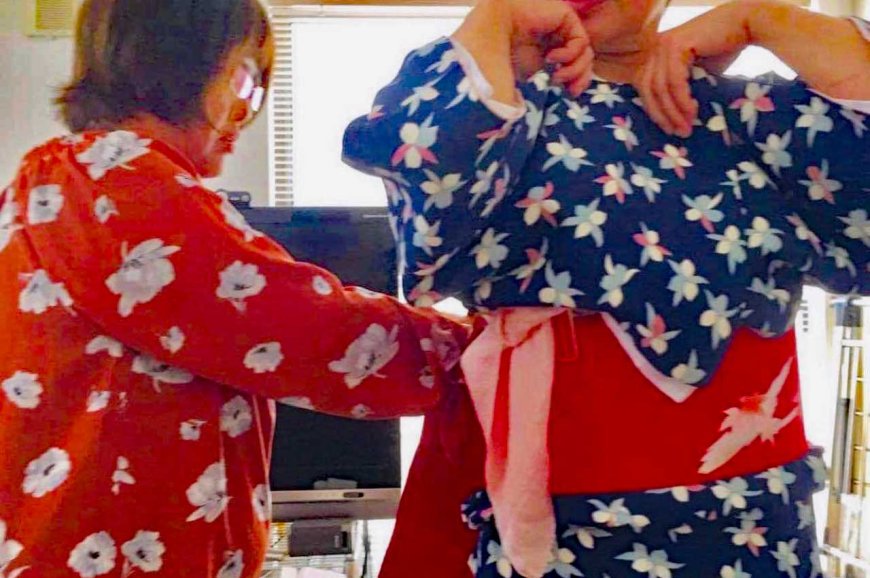 Learning how to wear a kimono can be a source of cherished memories
Learning how to wear a kimono can be a source of cherished memories
Embracing Tradition, Embracing Identity
The kimono serves as a thread that weaves together the diverse experiences and identities of Filipinas in Japan. Through its beauty, symbolism, and timeless appeal, it becomes a medium through which they can express their love for both their Filipino roots and their adopted home in Japan. As they continue to embrace the kimono and all that it represents, they embark on a journey of cultural enrichment, self-discovery, and shared heritage—a journey that transcends borders and celebrates the beauty of diversity.
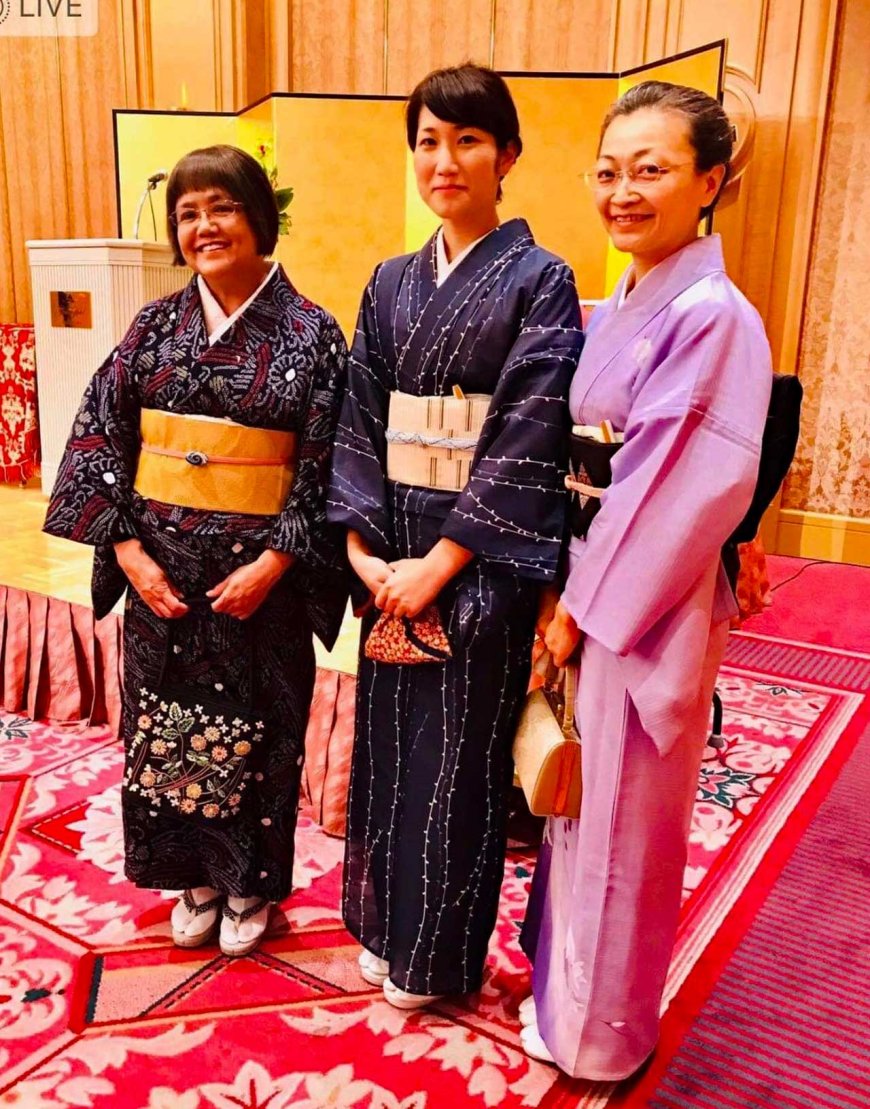 By wearing kimono, Filipinos are forming stronger bonds with the Japanese community
By wearing kimono, Filipinos are forming stronger bonds with the Japanese community
Find Cheap Flight Tickets to any Destinations in Japan and the Philippines
Nipino.com is committed to providing you with accurate and genuine content. Let us know your opinion by clicking HERE.































































